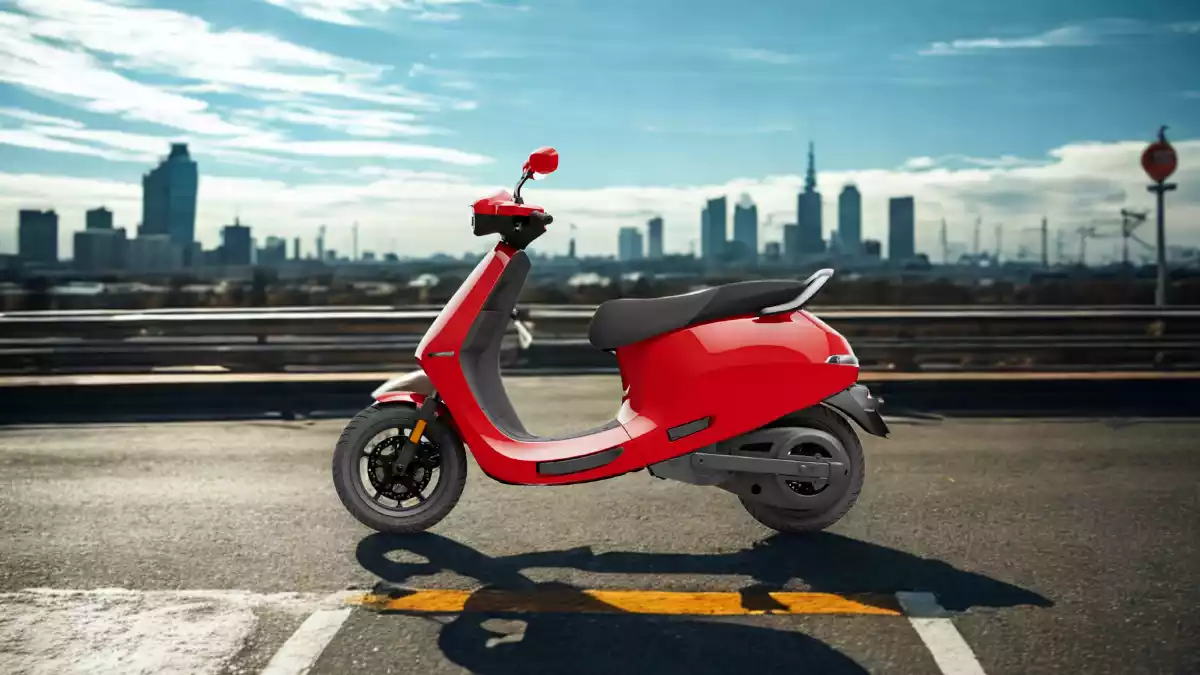If you’re curious about India’s next budget electric car, the Renault Kwid EV might be it. Think of it as a smart, compact EV designed for everyday Indian city life. While Renault India is yet to share final details, industry reports and recent sightings suggest a feature-rich hatch in the ₹7–8 lakh range. It promises to stand out as a breezy, practical way to go electric for daily commuters, especially if you’re budget-conscious.
This EV carries the DNA of the popular Kwid hatchback, but with a new, rugged look inspired by the upcoming Duster. Early spy photographs hint at squared wheel arches, bold cladding, and front styling that feels brawny—something surprising in this price bracket. The mix of affordability and fresh styling makes the Kwid EV one of the most anticipated Indian electric cars.
Renault Kwid EV Launch Date
Renault hasn’t confirmed the official release date yet, but industry insiders suggest a launch window in late 2025 or early 2026. Prototypes have been spotted on Indian roads undergoing testing, showing that launch is no longer just a plan but a reality soon enough. Many see thermal prototypes spotted in July 2025 as a sign that final touches are underway.
Earlier reports had suggested a tentative mid-2026 launch, but more recent sightings indicate Renault may bring the Kwid EV to showrooms even sooner—possibly by the end of 2025. It will slot underneath existing compact EVs like Tata Tiago EV and MG Comet EV, offering what could be India’s most affordable electric four-door car.
Renault Kwid EV Design and Build
Let’s talk about its design—it’s already turning heads. The new Kwid EV borrows styling cues from the Dacia Spring and upgraded Duster-inspired SUV-like face. It gets slim, full-width LED DRLs up top, with main headlights mounted low on the bumper. At the rear, Y-shaped LED tail-lamps connected by a glossy panel add a premium flair. The squared arches and body cladding enhance its rugged, practical look.
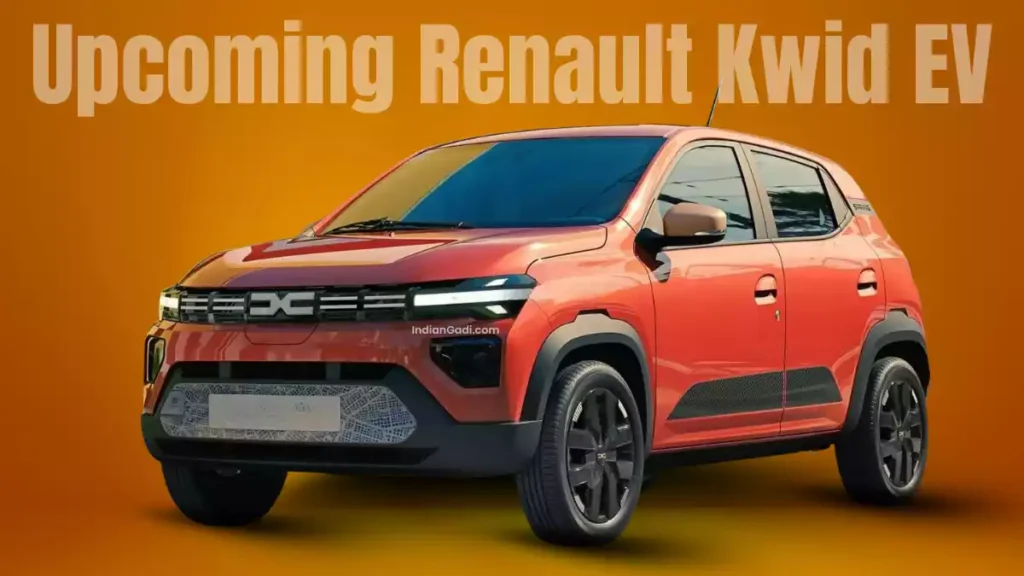
Inside, Renault is expected to adopt themes from the Spring EV, including a simpler dashboard with fresh switchgear borrowed from higher-end models. Though spy shots of the cabin aren’t clear yet, we expect significantly better build quality compared to the current petrol Kwid. Seating comfort seems enhanced, and the controls are likely more intuitive—even for first-time EV buyers.
Renault Kwid EV Engine and Mileage
Under the bonnet—or rather, in place of it—you get a 26.8 kWh lithium-ion battery pack, similar to the Dacia Spring EV. Two powertrain options are expected: one with around 45 PS (33 kW) and a peppy 65 PS (48 kW) variant, both offering around 125 Nm torque. The larger 65 PS version can do 0–100 km/h in about 19 seconds and reach a top speed of around 125 km/h.
Renault claims a WLTP-certified driving range of around 225 km, while real-world users might see 200–210 km depending on traffic and climate. Charging includes an AC home charger taking around 11–13 hours for a full charge, and fast charging with a 30 kW DC charger from 20% to 80% in about 45 minutes. For daily city use and occasional longer trips, it offers a practical range with manageable charging.
Renault Kwid EV Features and Technology
You can expect a 10-inch touchscreen infotainment screen and a 7-inch digital instrument cluster, likely offering wireless Android Auto and Apple CarPlay support. Wireless phone charging and auto air-conditioning are in the feature mix, making it feel premium in this class. Cruise control and V2L (vehicle to load) functionality may also be available on higher trims.
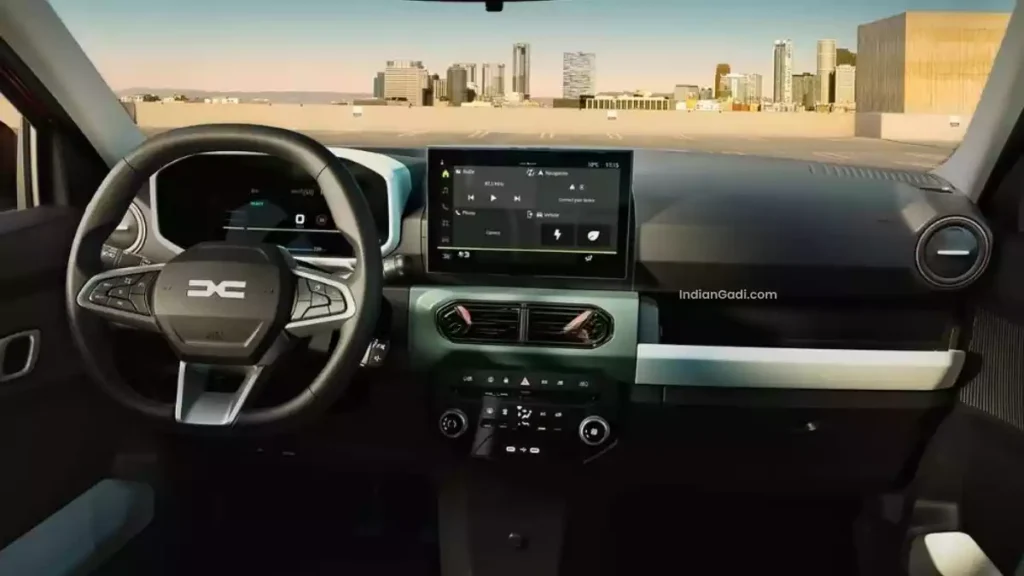
Safety-wise, features such as six airbags, ABS with EBD, ISOFIX mounts, and tyre pressure monitoring (TPMS) are expected. While some ADAS features like emergency braking, lane-keeping assist and traffic sign recognition are available in the global Spring EV, the India-spec Kwid EV might skip a few for cost reasons. Even without full ADAS, the toolkit feels strong for its expected price segment.
Renault Kwid EV Interior
The cabin seems roomy for a small EV. Based on Dacia Spring layout, best-in-class shoulder space and legroom are expected for rear passengers. Renault is anticipated to improve material quality with soft armrests, headers, and door trims that feel more reassuring than petrol Kwid’s mostly plastic surfaces.
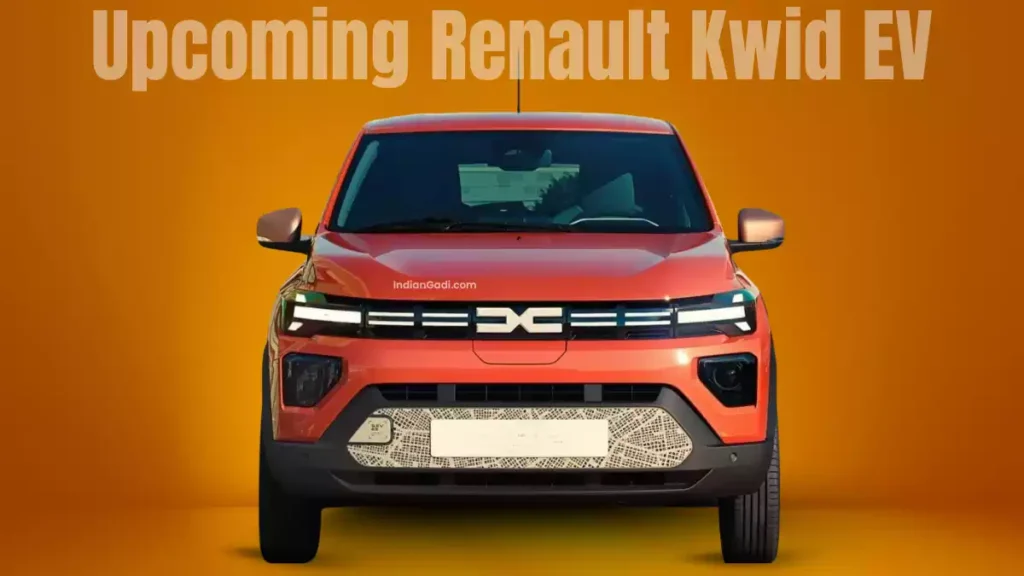
Features like rear armrest, USB-C ports, wireless charger, air purifier and organized storage in cabins are expected. Even if some features don’t appear in the base trim, they’re likely to be available in mid or peak variants, giving flexibility based on what you need or afford.
Renault Kwid EV Safety Features
Renault seems to be building confidence with solid safety hardware. Reports point to standard inclusion of six airbags, ABS with EBD, ESC, hill start assist, ISOFIX child seat mounts, and emergency call. This is considerable even in higher hatchback segments, let alone an entry-level EV.
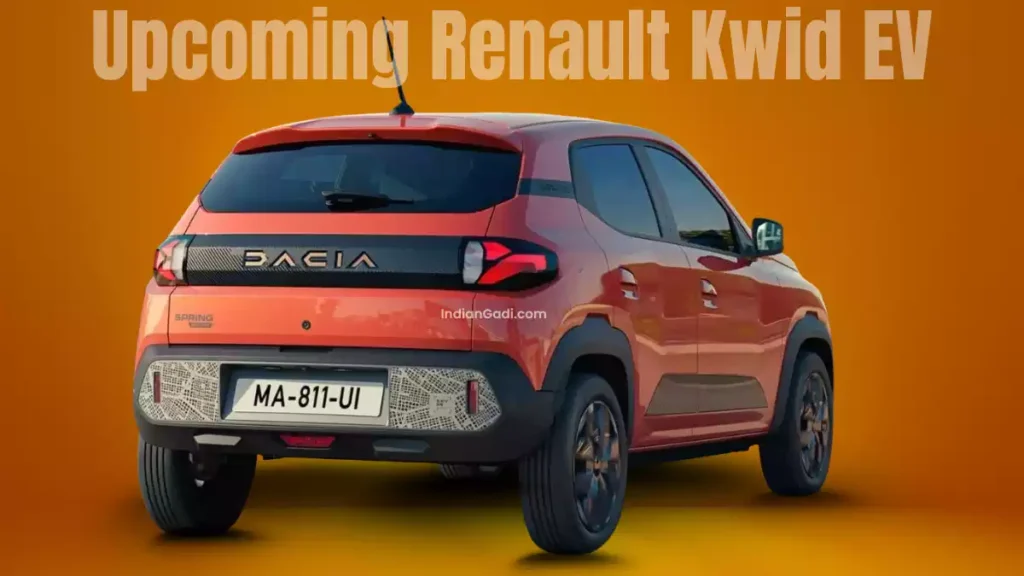
While Bharat or Global NCAP ratings are not yet available, global models of Dacia Spring EV perform poorly in Euro NCAP due to different test protocols. For the Indian-spec Kwid EV, layout changes may allow better structure, but we must await official crash testing. In the meantime, the hardware list remains reassuring for early buyers.
Renault Kwid EV Specifications Table
| Specification | Renault Kwid EV |
|---|---|
| Battery Capacity | 26.8 kWh Lithium-ion |
| Motor Power Options | ~45 PS (33 kW) or ~65 PS (48 kW), 125 Nm torque |
| Driving Range | WLTP ~225 km / Real world ~200–210 km |
| Charging (AC / DC) | 11–13 hours (AC), 20–80% in ~45 mins (30 kW DC fast) |
| Vehicle Type | A-segment electric hatch, Duster-inspired styling |
| Touchscreen / Cluster | 10″ infotainment, 7″ digital instrument display |
| Air Conditioning | Automatic AC with potential air purifier |
| Safety Hardware | Six airbags, ABS+EBD, ESC, ISOFIX, TPMS, hill assist |
| Wheel Size | Alloy wheels (est. 15–16″) |
| Boot Space | Approx. 270 litres (like Kwid family) |
| Seating Capacity | 4 adults comfortably |
Renault Kwid EV On Road Price
Now Lets Talk About Renault Kwid EV Price. Estimates for ex-showroom price in India range between ₹7 lakh to ₹8 lakh for base variants, with higher trims possibly touching ₹9–10 lakh depending on feature kit. On-road price in metro cities could fall in the ₹8 lakh to ₹10 lakh bracket, making it a strong value play against MG Comet EV, Tata Tiago EV, or Citroën eC3.
Real prices may vary by state subsidies, local tax breaks, or dealer discounts – especially early on. If Renault prices it within that range, the Kwid EV will be one of the most affordable electric cars in India with a full hatchback layout and safety hardware.
I hope this helps you understand the Renault Kwid EV better. It’s shaping up to be a practical, affordable electric hatch even before it’s officially launched. If you’re considering it or waiting for updates, drop your thoughts in the comments — and stay tuned to IndianGadi.com for simple, honest car reviews for everyday riders!
FAQs About Renault Kwid EV
When will the Renault Kwid EV launch in India?
Renault hasn’t confirmed a date yet, but testing in India suggests a launch in late 2025 or early 2026, with official price reveal likely closer to launch.
What’s the real driving range of the Kwid EV in city traffic?
You can expect 200 to 210 km on a full charge in real-world driving. The WLTP-certified figure is around 225 km.
Will the India version get ADAS features?
Global versions of the Dacia Spring offer ADAS, but the India-spec Kwid EV may not include all of these to keep costs low. Features like AEB or lane assist may be part of higher trims only.
How long will it take to charge the Kwid EV?
From a regular AC wall plug, a full charge may take 11–13 hours. With a 30 kW DC fast charger, you can go from 20% to 80% in about 45 minutes.
Is it bigger or smaller than Tata Tiago EV?
The Kwid EV sits in the A+ segment, making it slightly smaller than Tata Tiago EV, which is a B-segment hatch. However, it still offers comfortable seating for four adults and enough boot space, all wrapped in a compact, easy-to-park size.





